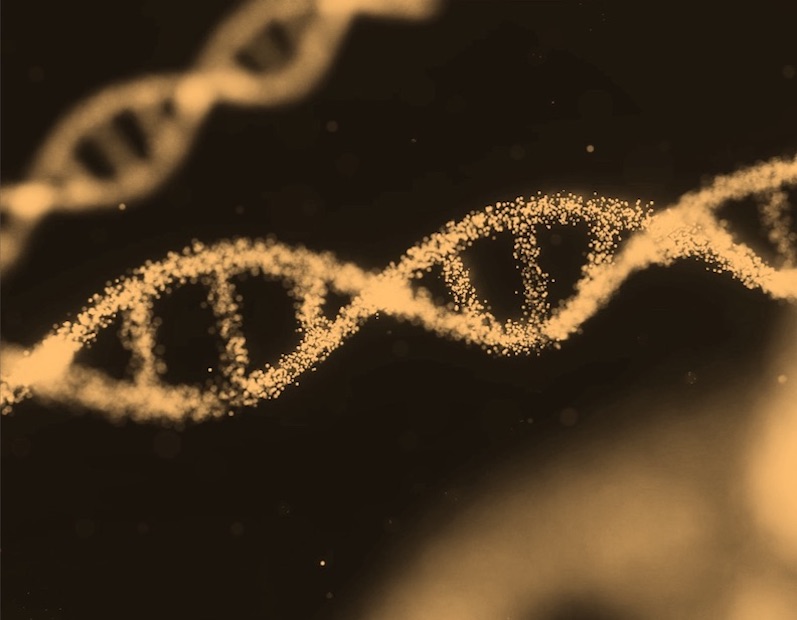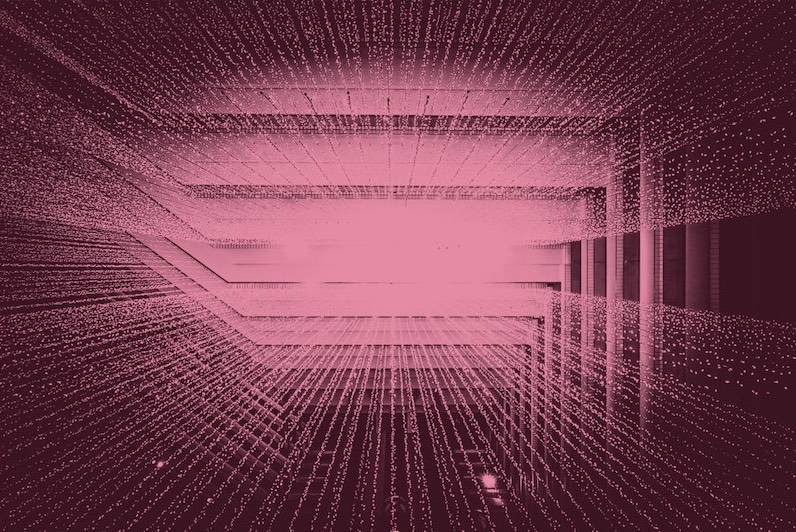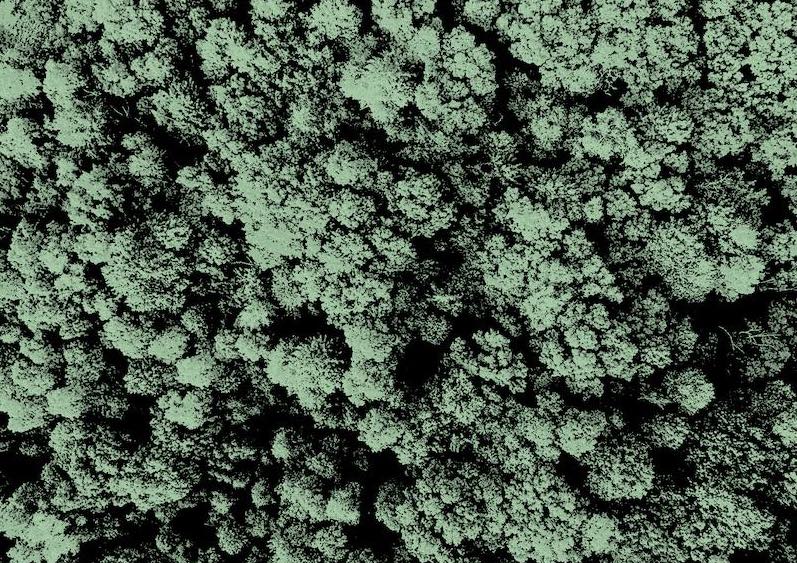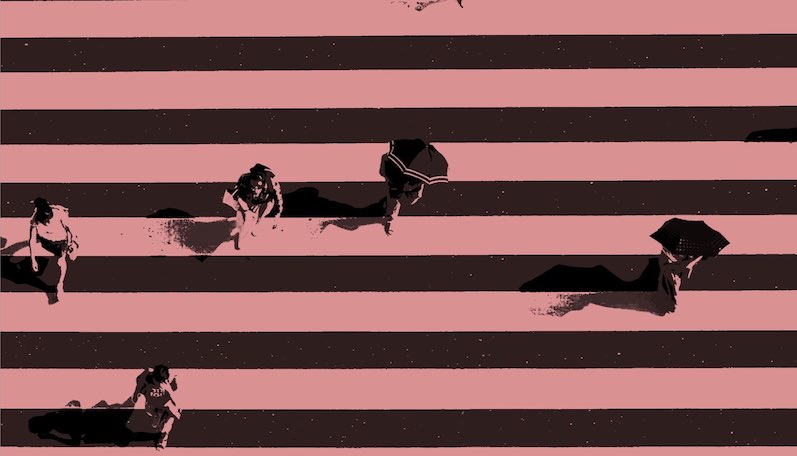What is it about?
Previously unknown quantities of a general trial wavefunction are derived, namely the measure of the splittings between the nodal hypersurfaces obtained from the Hamiltonian operation , the kinetic energy operation , and that of itself, which occur because is not the true wavefunction. Insight into the structure of the true nodes is also revealed. In particular, we establish a bound for the location of a node of the exact wavefunction with respect to the node of the trial wavefunction. The nodal structure is of particular interest for quantum Monte Carlo calculations (QMC) and also for assessing and optimizing a trial wave function.
Featured Image

Photo by Sam Poullain on Unsplash
Why is it important?
Getting the nodal lines correctly for the wave function is an essential condition for Diffusion Monte-Carlo calculations to converge to the exact energy. This paper gives a framework by which to find them and makes glorious use of the Kantorovich algorithm.
Perspectives
Getting the energies right for atoms and molecules is often an island-by-island job but this work provides a key method in solving various systems.
Dr Tony Cyril Scott
RWTH-Aachen University
Read the Original
This page is a summary of: Nodal structure of Schrödinger wavefunction: general results and specific models, Journal of Physics B Atomic Molecular and Optical Physics, February 2007, Institute of Physics Publishing,
DOI: 10.1088/0953-4075/40/5/003.
You can read the full text:
Resources
Contributors
The following have contributed to this page







